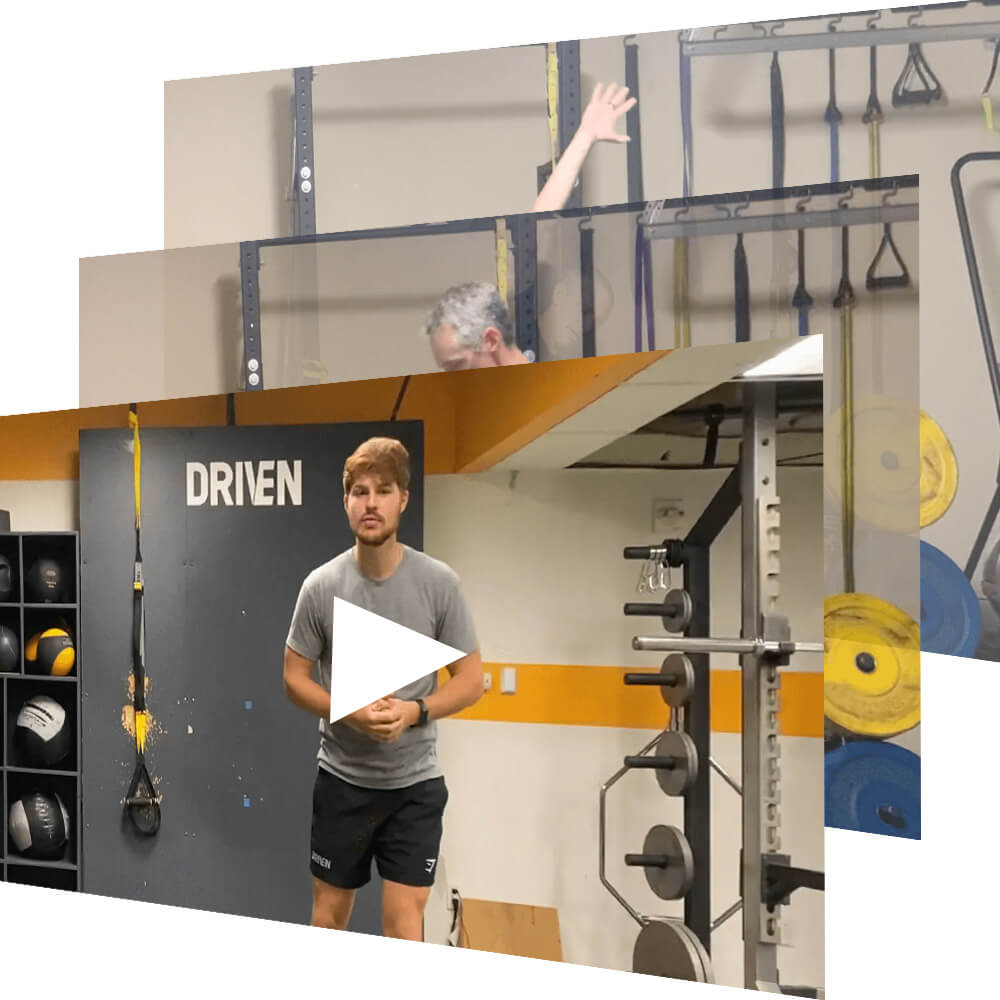Bear Crawl Basics

When you hear the term “bear crawl”, it probably conjures up the image of a bunch of sweaty people in a park thrashing around with their butts up in the air, grimacing and collapsing in a sweaty heap.
Moreover, you might have thought to yourself “No way anyone’s making me do that, I’m out of here if they even try”.
Don’t be too hasty though – rarely is an exercise just plain bad and not worth doing. In fact, I’d argue that the bear crawl is in fact absolutely worth doing. Especially when executed well. But when executed without regard for technique (which is often the case when done for speed or when done to exhaustion), all bets are off.
The bear crawl combines a lot of things that we really like:
- A great challenge for the core. We insist that the torso stay engaged by remaining still and parallel to the ground, while the hips and shoulders actively move (see above image). This puts the stress on bigger muscles and reduces the load on the lower back.
- Dynamic loading of the big toe and foot. The big toe is one of the most critical elements of moving well as a human, yet it’s often completely ignored in training and our daily movement (besides walking). The forces placed on the big toe and foot musculature during the bear crawl are a great way to keep the the all-essential foot fit and strong.
- Shoulder stability training. Most shoulder stability work is done in what’s called an ‘open chain’ (meaning the limbs move while the body remains still). This isn’t a problem, but it is limited in that it doesn’t address all of the ways that the shoulders can load. By putting the hands in contact with the ground and moving the body over a fixed hand, we shift the movement requirements while broadening our movement capabilities.
- You might actually have fun. Who doesn’t get tired of planks? Planks are great, but sometimes limited in terms of the training effect they provide, plus they can just be miserably boring. By making this similar position dynamic and even adding props (like a water bottle that you have to balance on your low back), you now have a core exercise that’s both challenging and enjoyable!
So give it a try! We’d suggest you start slowly and deliberately, working on keeping your spine still and moving the opposite foot and hand simultaneously. See if you can go 10 yards forward and 10 yards backward. You can also play around with moving side to side, instead of just forwards and backwards.
Let’s not completely disregard any movement simply because it’s been performed poorly in the past. Give it intent and mindfulness, and reap the benefits of improved movement and more productive training!
Side note: many of these reasons for doing the bear crawl are also reasons for not doing it. People who probably shouldn’t be bear crawling without at least some modifications include those who have:
- Big toe dysfunction
- Limited wrist extension
- Current shoulder pain, particularly when pressing
SHARE IT

